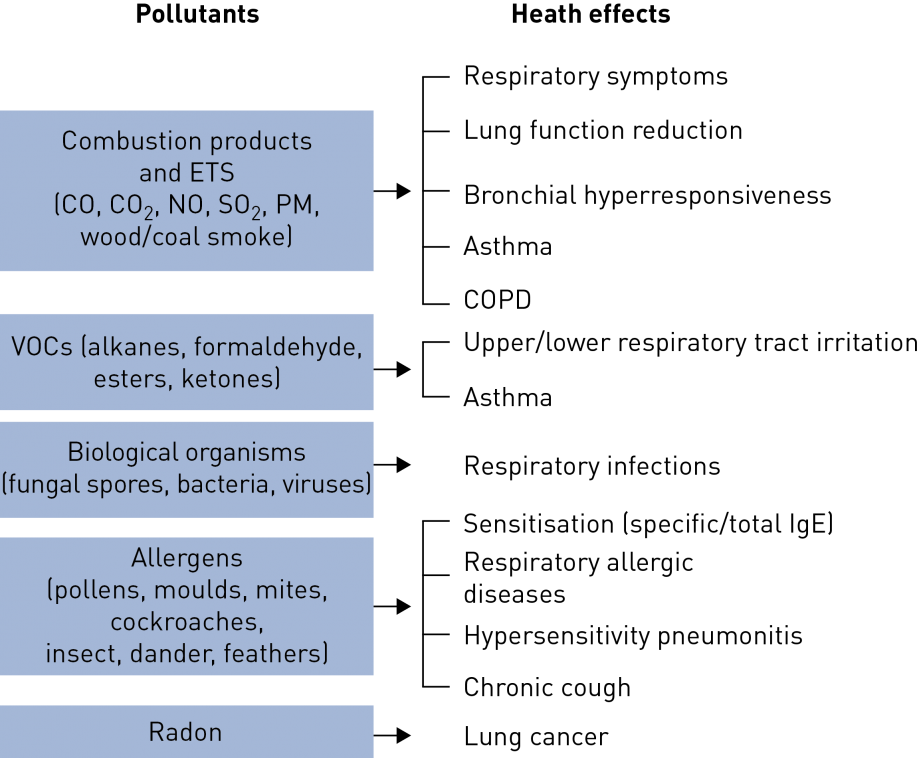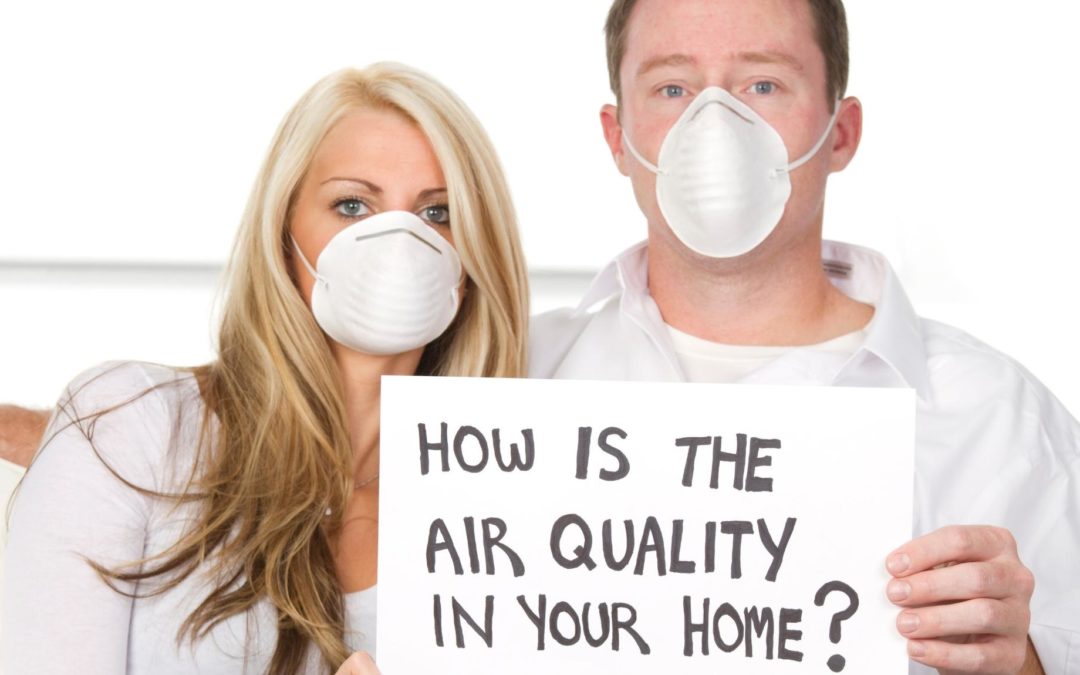What is Indoor Air Quality (IAQ) and Why is it Important?
Indoor Air Quality is a measure of contaminants present in the air within an enclosed space, be that an industrial warehouse, office space, or home.
On average, we spend over half of our entire lives indoors: sleeping, breathing, eating, drinking, working, etc. As such, indoor air quality is an important factor for our health as well as an indicator for the health of our homes.
Indoor air can contain allergens, toxins, and noxious substances from dust, dander, moulds, household cleaners, combustion appliances, and the infiltration of outdoor air — all of which can react with one another and create secondary pollutants.
Not everyone is affected by poor indoor air quality the same way. Sensitive individuals, people over 65 years of age, individuals with cardiovascular and respiratory complications, pregnant persons, and children are much more vulnerable to having adverse reactions and health impacts from indoor air pollutants.
Not all pollutants are the same, either. Some, like radon, cause illness through chronic exposure while others like carbon-monoxide can cause fatalities in acute exposures. Air pollutants can also cause less severe reactions, like asthma or tracheal irritation. The chart below illustrates some of the health effects from exposure to certain contaminants.

Indoor air pollutants and their health effects (Gibson et al, 2013); retrieved from https://www.erswhitebook.org/chapters/indoor-environment/ on 2022/08/23.
The U.S. Environmental Protection Agency’s website can help you to find out more about indoor air pollution and its sources.
What Affects Indoor Air Quality?
Indoor Air Quality is affected by day-to-day activities taking place in our homes.
Gas stoves have been found to regularly leak natural gas in varying amounts, as reported in a recent CBC investigation, even when turned off. Some studies have found that a significant number of range hoods in use do not properly vent to the outdoors.
Improperly designed or poorly maintained furnaces and equipment that burn fuel for heating can also backdraft dangerous chemicals into the home, which is especially dangerous in the winter months when windows are closed.
Excessive moisture and humidity can be caused by cooking and showering, which can cause mold growth. Paints, cleaners, and even perfumes or air-fresheners can greatly reduce the quality of air indoors and impact health from the different volatile organic compounds (VOCs) that they release into your breathing spaces.
Pets, plant-hobbies, and openings in the home can bring in various allergens into the home in the form of dander, pollen, and uninvited critters.
Even the bedrock that your home’s foundation sits on can affect your indoor air quality. In certain uranium-rich granite or limestone bedrock, the radioactive element decays into radium and then into radon gas. The gas then enters the home through cracks in the foundation and accumulates in the enclosed space. Chronic exposure to certain levels leads to it being the second most common cause of lung cancer, after cigarette smoking.
How to Improve Indoor Air Quality
The first, and most important step, to improve the quality of air inside your house is to eliminate the sources of pollution and contamination. Just like the best practice recommended for workplaces in the Workplace Hazardous Materials Information System (WHMIS), the best way to deal with a harmful substance in a home is to not use it and substitute it with something safer. This can be as simple as swapping cleaners or keeping surfaces in washrooms and kitchens dry.
Switching out your gas stove with an electric one is a great way to prevent indoor pollution. If you’re worried this will increase your hydro bills, you could get an energy advisor to do an energy evaluation of your home to optimize your energy usage.
If you can’t remove the point-source producing the pollutants, you will have to filter the air in your home to regularly remove the contaminants circulating in the air. However, filtering is often not enough, especially in draft-proofed homes, as moisture and volatile organic compounds are not removed through filtering. With this step, it is important to remember to change your filters at least every three months.
Because filtering isn’t adequate, ventilation is also important. Stove hoods and bathroom fans can exhaust odours, moist air, and air pollutants. However, they only account for half of the ventilation equation. Often, balanced mechanical ventilation systems with fresh-air intakes and stale-air exhausts are required to better control and improve your home’s IAQ. This can often be the most expensive option, depending on your home’s current situation.
Health Canada’s website has helpful infographics to better visualize ways to improve your home’s indoor air quality.

Great tips on improving indoor air quality. Thank you! Cleaning air ducts in homes with central heating systems is crucial for maintaining good indoor air quality. Over time, dust, allergens, mold, and other contaminants can accumulate in the ducts, which can lead to poor air quality and reduced system performance. It’s generally recommended to have your air ducts cleaned every 3 to 5 years.